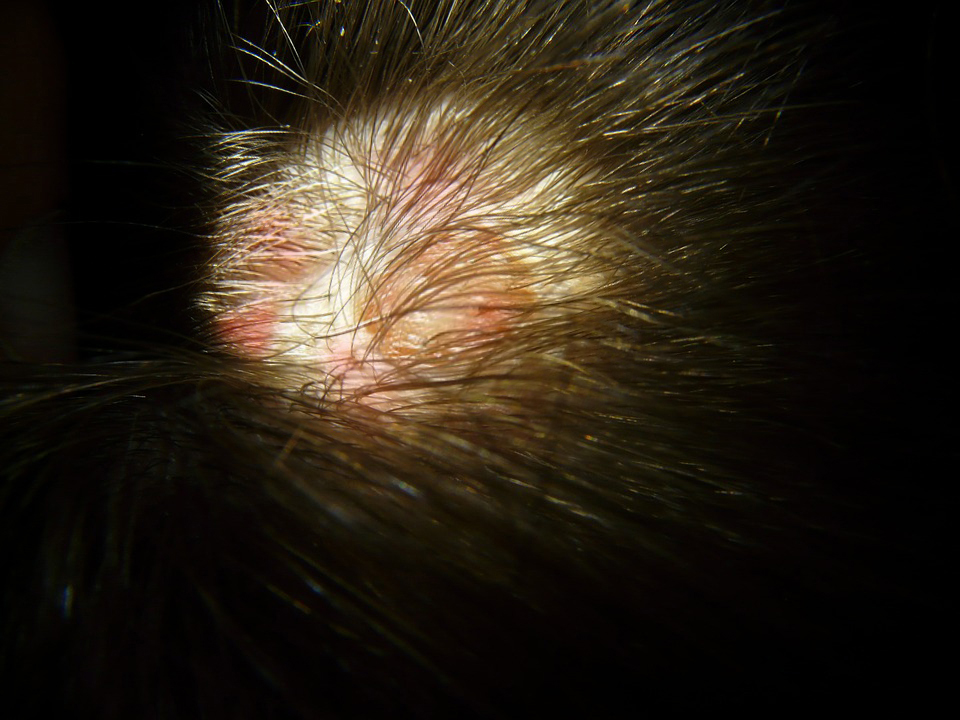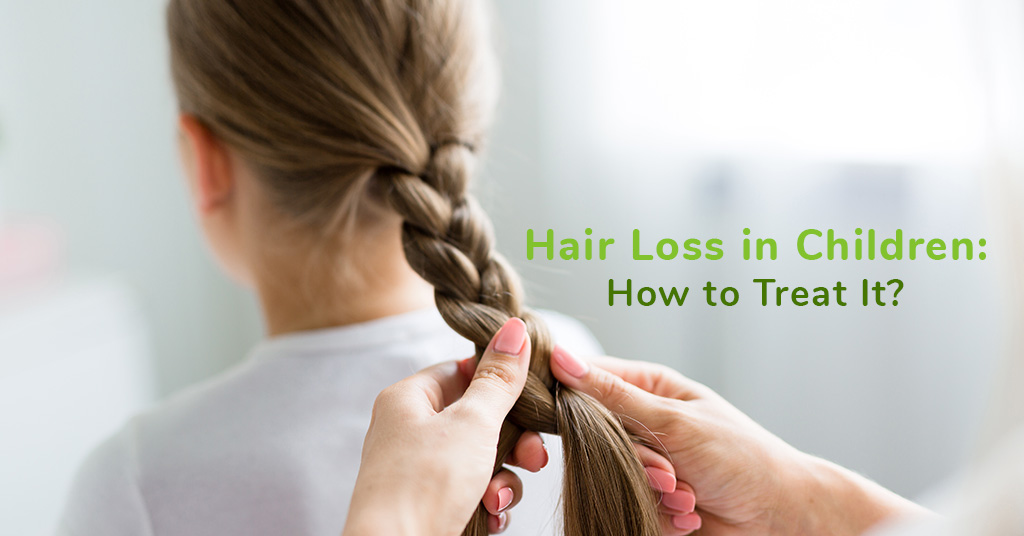Nowadays, a multitude of hair treatments are easily available and accessible to women who want to change their natural hair styles or keep up with evolving summer trends in hair fashion. But do you know what really happens to your hair every time you have it bleached, dyed or permed? Instead of making your hair curlier, straighter, softer or more colorful, the chemicals used might have more lasting and harmful damage than you’ve imagined.
Perming is a century-old process of using chemicals or applying intense heat to the hair to make it curly or straight. Bleaching often involves the use of hydrogen peroxide to lighten the color of the hair while some hair coloring products use chemicals that cause allergic reactions and irritation to the scalp.
Some of the ill effects perming, bleaching or dyeing may have on your hair are the following:
•Hair Breakage
The strength of the chemicals used in the treatments causes changes in the hair’s protein texture, stripping moisture from the hair and making it dry, brittle and porous. This makes the hair strands more prone to snapping and breakage, also referred to as a “chemical haircut.”

•Scalp Damage
When bleaching, perming or hair coloring agents come into contact with the scalp, it may cause adverse reactions such as redness, irritation, itching, skin discoloration, peeling, burning or development of sores. Extreme chemical burns may even lead to hair loss. Stop the treatment right away if any kind of discomfort is felt.

•Inhibits Hair Regrowth
Regular use of chemical-based hair treatments may cause irreparable effects to the hair follicles, preventing new hair growth to replace the cracked and damaged hair strands.

So, before you get your hair straightened, permed or colored, make sure to choose a reputable salon and discuss with your stylist the overall health of your hair. Keep in mind that a head of healthy locks is more important than sporting the season’s latest hair style.
Sources: •www.livestrong.com •www.philipkingsley.com •www.sharecare.com •www.docakilah.wordpress.com














